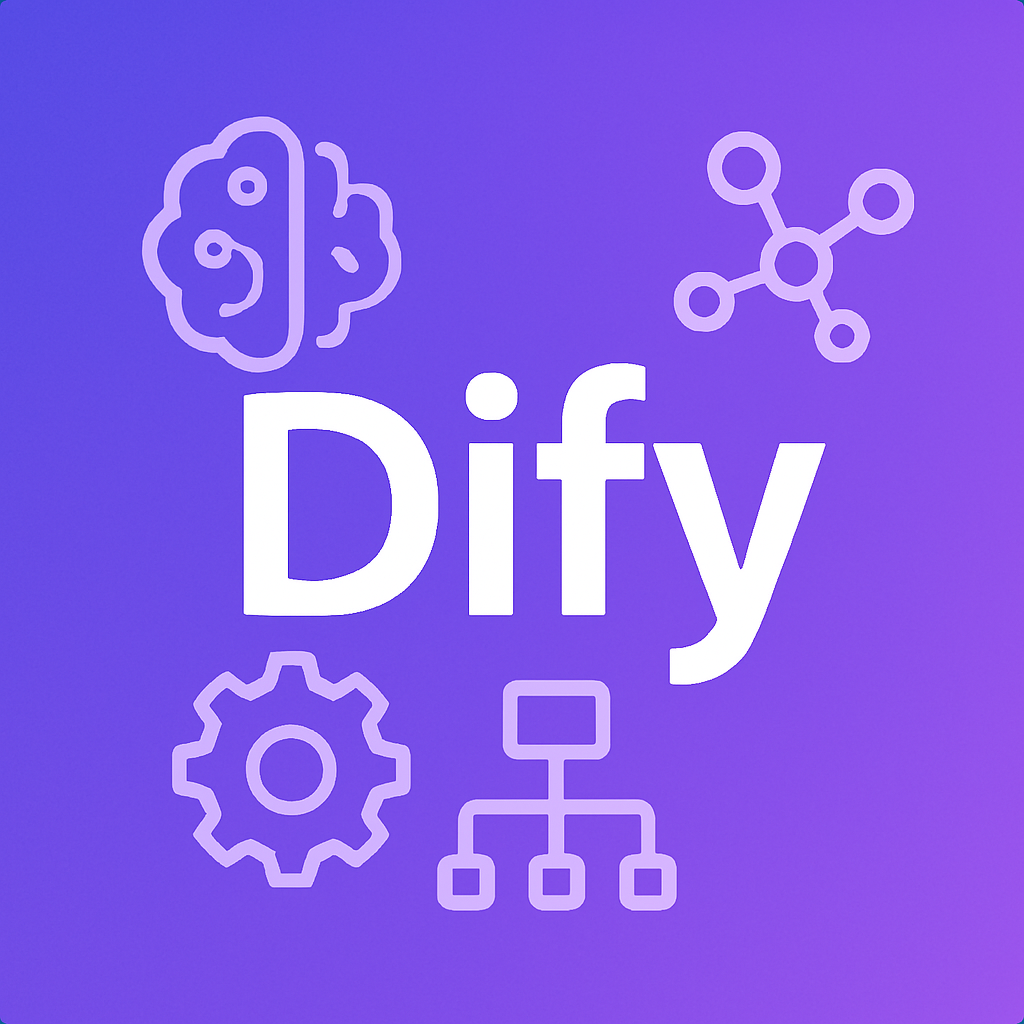在使用 Dify 构建 AI 应用的过程中,我们经常会使用两种模式:
-
工作流(Workflow)模式:流程明确、逻辑可控;
-
智能体(Agent)模式:任务自主规划、工具自动调用。
在多数企业级应用中,仅仅让 Agent “会调用工具” 还不够,它还要 懂公司业务、懂制度、懂内容上下文。
这就需要让 Agent 拥有“知识库”这一关键能力。
本文将深入讲解 Dify 中 知识库在 Agent 模式下的使用策略,包括架构逻辑、调用方式、提示词策略、性能优化与实际案例。

一、Agent 模式回顾:从执行型到认知型
Dify 的 Agent 模式 是一种基于 LLM 的“智能执行体”设计理念:
Agent 能根据用户输入,自主决定是否调用工具、执行任务或检索知识。
它不同于固定流程的 Workflow,而是具备以下特征:
| 特征 | 说明 |
|---|









 订阅专栏 解锁全文
订阅专栏 解锁全文

















 1363
1363

 被折叠的 条评论
为什么被折叠?
被折叠的 条评论
为什么被折叠?










